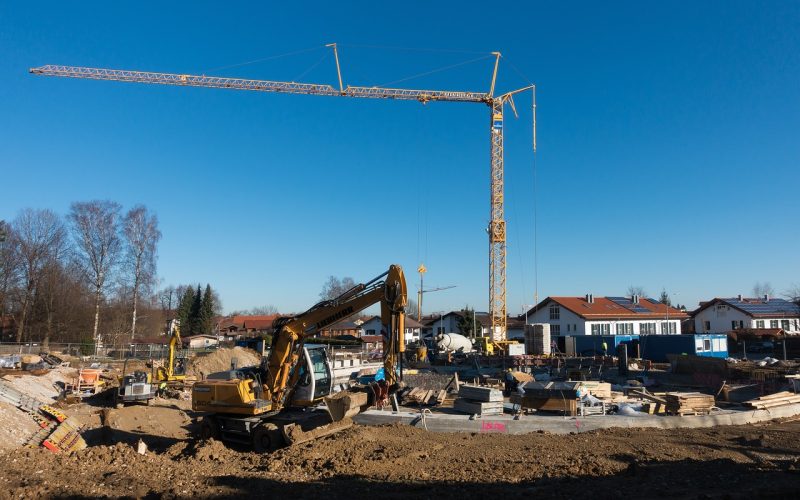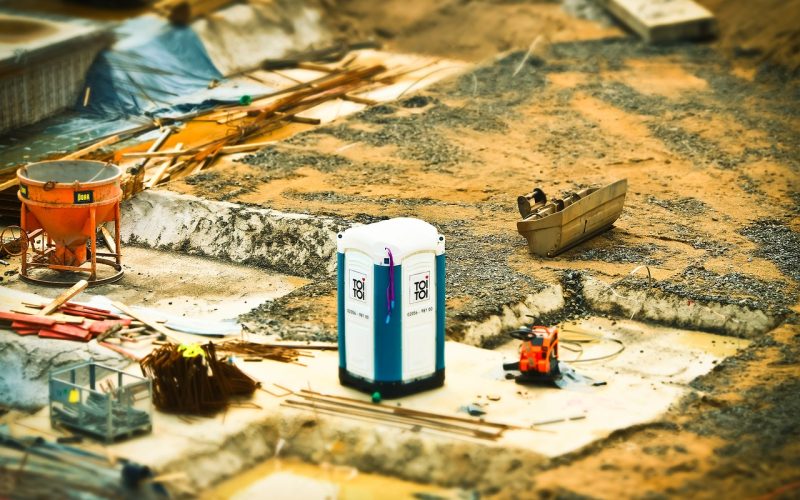Environmental Impacts of Silica Sand Mining
Silica sand, also known as industrial sand, is a critical raw material for modern society. Its unique physical and chemical properties make it essential for glass manufacturing, metal casting, construction, and water filtration. Specialised products like fine silica sand are also fundamental in high-tech applications, including electronics and hydraulic fracturing. As global demand for these products grows, so does the need for silica sand extraction, an industrial process with a significant environmental footprint that requires careful management.
Site disturbance and habitat loss
The most immediate impact of sand mining is the physical alteration of the landscape. Open-pit mining involves clearing vegetation, removing topsoil, and excavating large areas to access sand deposits. This process leads to the direct destruction of terrestrial and aquatic habitats, displacing wildlife and disrupting local ecosystems. The loss of plant cover can trigger soil erosion, leading to sedimentation in nearby rivers and streams. Biodiversity is reduced as the natural environment is replaced by an industrial site, affecting everything from microorganisms in the soil to large mammals.
Water resource consumption and contamination
Silica sand mining is a water-intensive process. Large quantities of water are used for washing, sorting, and processing the sand to meet specific purity and grain size requirements, such as those for equestrian silica sand. This heavy consumption can strain local water supplies, leading to the drawdown of groundwater aquifers and reduced flow in nearby streams, impacting both human communities and aquatic life. Furthermore, runoff from mining sites can carry sediment and potential contaminants into surface water, degrading water quality and harming fish and other organisms.
Air quality and community health risks
Mining operations generate significant amounts of airborne dust. This particulate matter (PM) can degrade local air quality and pose health risks to workers and nearby residents. A primary concern is the presence of respirable crystalline silica (RCS), microscopic particles that can be inhaled deep into the lungs and cause serious respiratory illnesses, including silicosis. Without effective dust control measures, fugitive dust from excavation, processing, and transportation can travel considerable distances, affecting air quality across a wider community.
Transportation and lifecycle footprint
The environmental impact of silica mining extends beyond the extraction site. Transporting the finished product, often in silica sand bulk bags, from the mine to end-users contributes to the industry's overall carbon footprint. Heavy truck traffic increases local noise levels, road wear, and greenhouse gas emissions. The complete lifecycle, from extraction and processing to transport and final use, consumes substantial energy, further contributing to its environmental burden if not managed with efficiency in mind.
Strategies for mitigation and responsible management
Fortunately, a range of mitigation strategies can significantly reduce the environmental effects of silica mining. Effective management starts with a rigorous Environmental Impact Assessment (EIA) before operations begin. During mining, implementing buffer sones, phased excavation, and progressive site reclamation helps minimise the disturbed area and allows for continuous habitat restoration. Water impacts can be addressed through closed-loop systems that recycle process water, reducing overall consumption. Dust is managed with suppression techniques like water sprays, enclosed conveyors, and advanced monitoring systems to protect air quality and community health.
Promoting responsible sourcing and stewardship
Beyond operational best practices, responsible stewardship involves meaningful engagement with local stakeholders to address concerns and co-develop post-mining land use plans. These can include creating recreational areas, new wildlife habitats, or sites for renewable energy like solar farms. For consumers and industries, choosing suppliers who demonstrate a commitment to these mitigation measures and transparently report their environmental performance is crucial. Responsible sourcing encourages the entire supply chain to adopt higher standards, ensuring the demand for this essential material is met in a way that minimises environmental harm and supports sustainable development.













